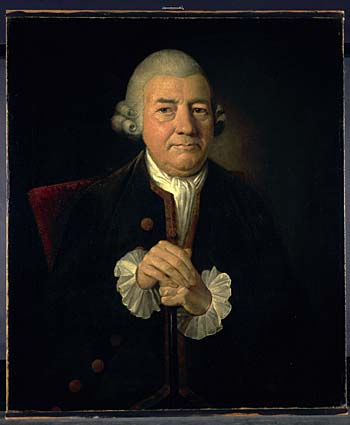Baskerville and Alternative Technology
Image: Portrait of John Baskerville (1706-1775), Type Founder and Printer, painted by James Millar in 1774. Oil on canvas.
Image from: Birmingham Museums and Art Gallery
Baskerville was a great innovator. He introduced “japanning” to Birmingham, a technique for giving a shiny finish to papier-mâché, wood, and metal surfaces using a mixture of varnish, turpentine and oil. He made his own paper, typefaces and ink and was secretive about the manufacturing processes. Because his typefaces had very finely-cut edges the paper of his day, known as “laid” paper, was not thought smooth enough to show off their superior elegance. Laid paper bears almost imperceptible variations in paper thickness. They show up as a series of lines when a sheet of paper is held to the light.
To combat what Baskerville saw as a problem he introduced “wove” paper into the country. It was manufactured in a conical-shaped windmill under which he was eventually buried. Catherine Hutton called his paper “excellent”. When she made this observation she already had strong reservations about papers being made in the 19th century using acid to “cook” the fibres. Laid paper smoothed in the same way as wove is just as receptive to print. Wove paper was made on a finer mould which appeared to produce a smoother sheet of paper with no evident lines. To improve even further on the smoothness, his sheets were then pasted onto a flat heated plate which gave them the required finish. Benjamin Franklin was interested in what Baskerville was doing and the two men exchanged letters on the subject. Franklin wrote to him about a large sheet of paper Baskerville had sent in 1773:
The sheet of Chinese paper, from its size, is a great curiosity. I see the marks of the mould in it. One side is smooth, that, I imagine, is the side that was applied to the smooth side of the kiln on which it was dried. The little ridges on the other side I take to be the marks of a brush passed over it to press it against the face in places where it might be kept off by air between, which would otherwise prevent it receiveing the smoothness. But we will talk further of this when I have the pleasure of seeing you…
Baskerville died in 1775 but he and Franklin most likely met either in London or Birmingham to discuss the method in greater detail. Franklin later presented to the American Philosophical Society a scholarly paper on the methods, materials and equipment Chinese papermakers used to make a sheet of paper approximately 5 metres x 1.7 metres. This was published in England nine years after Franklin’s death.
« Previous in this sectionNext in this section »Continue browsing this section
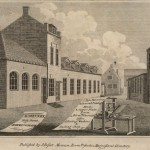 Papermaking, Printing and Associated Trades in the West Midlands during the 18th and Early 19th Centuries
Papermaking, Printing and Associated Trades in the West Midlands during the 18th and Early 19th Centuries
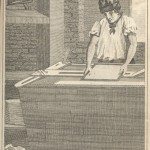 Papermaking
Papermaking
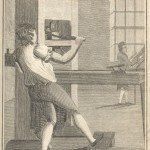 Printing
Printing
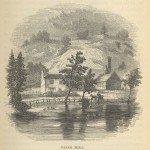 Papermaking in the West Midlands
Papermaking in the West Midlands
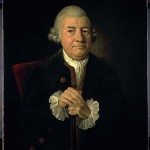 Baskerville and Alternative Technology
Baskerville and Alternative Technology
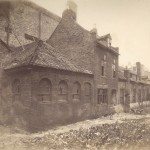 Baskerville and Printing
Baskerville and Printing



